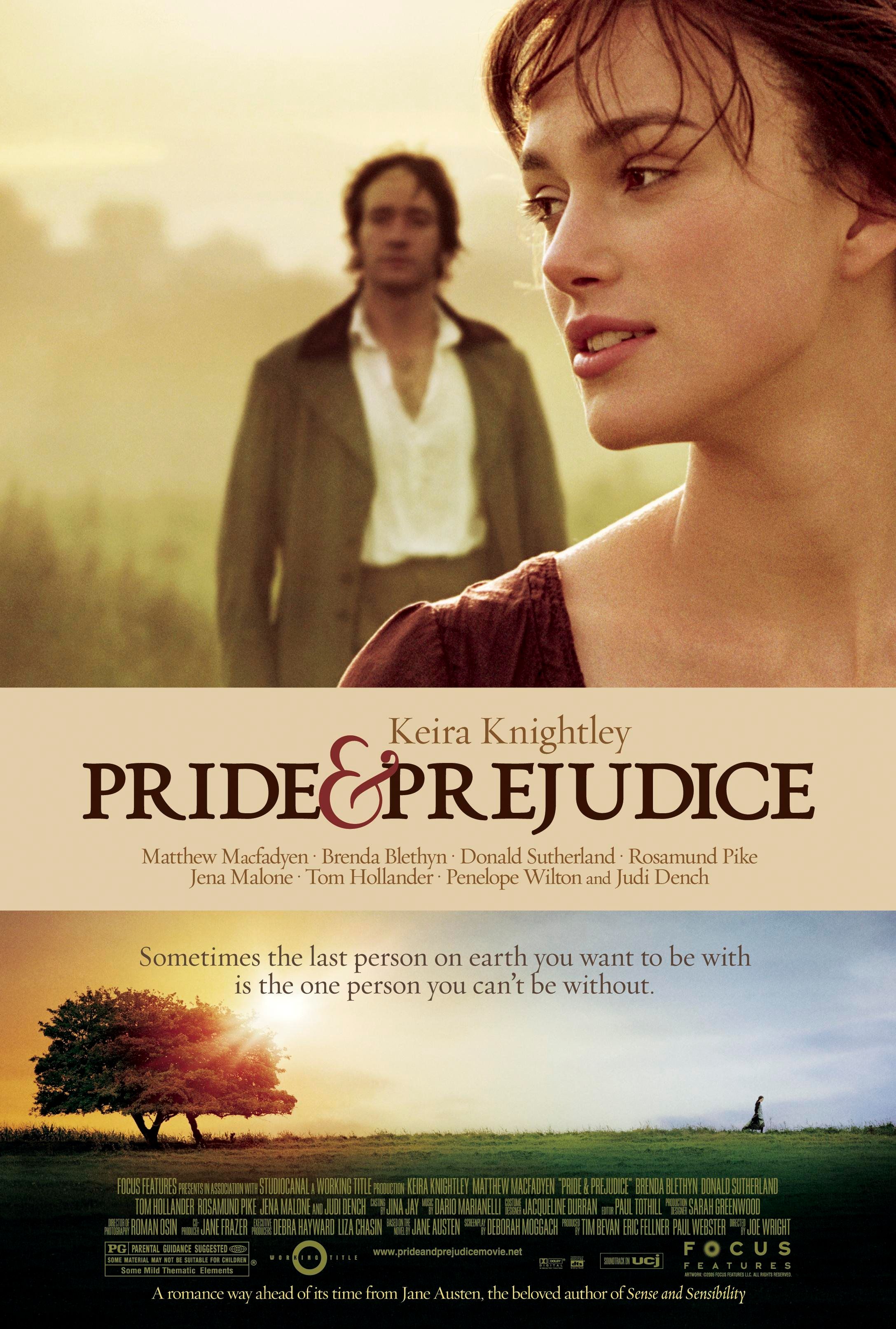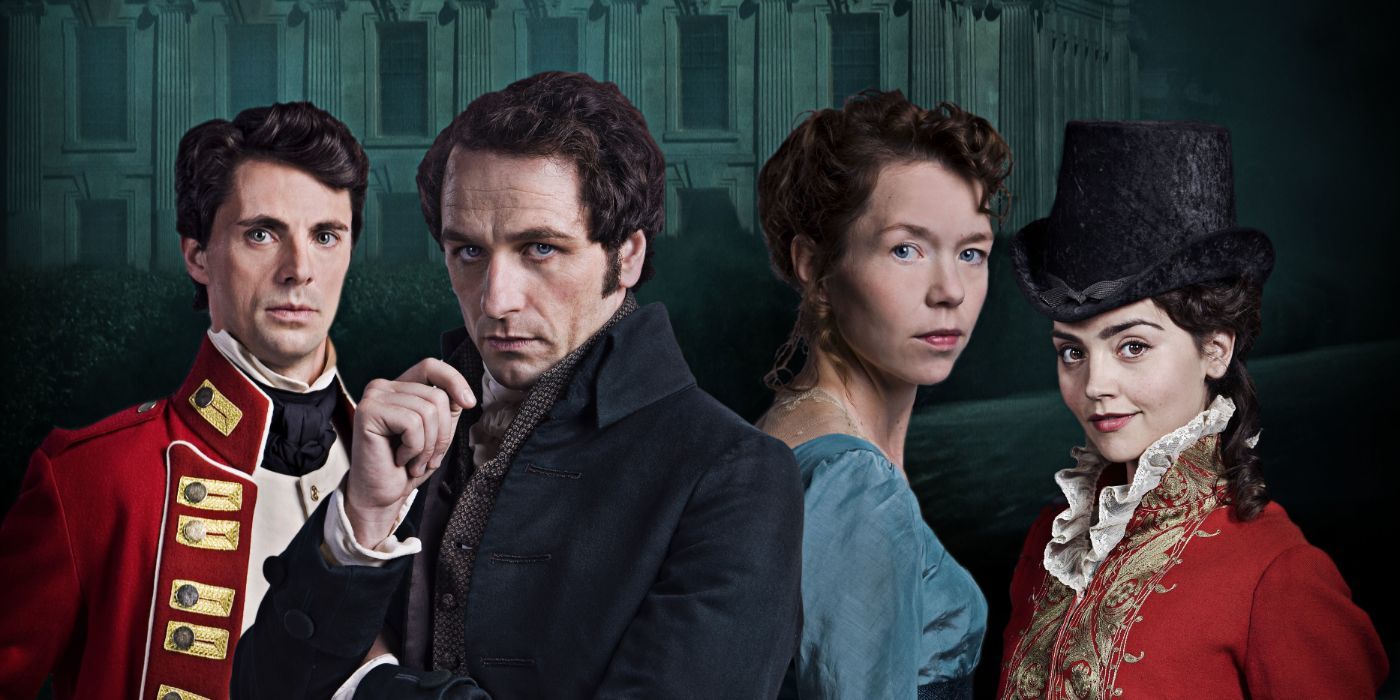UK and US audiences couldn’t agree on how this movie should conclude.
The Big Picture
- The original UK ending of
Pride & Prejudice
is a touching scene between Elizabeth and her father, but it may be unsatisfying for some viewers to end with a secondary character’s reaction. - The US version includes an additional scene where Elizabeth and Darcy discuss terms of endearment, providing more closure and physical expression to their romance.
- The US ending may be more satisfying to modern audiences who prefer more physicality in romance movies, while the UK version stays true to Jane Austen’s novel and appeals to committed fans of her work.
The 2005 movie Pride & Prejudice, directed by Joe Wright, is one of the best adaptations of the classic Jane Austen novel, but what some fans might not know is that two different endings of the film exist — the original one, and the US version. The key events of the film’s climax are the same; Elizabeth (Keira Knightley) discovers that Wickham (Rupert Friend) is actually in the wrong in his feud with Darcy (Matthew Macfadyen), and that the former had attempted to seduce the latter’s 15-year-old sister in order to acquire her fortune upon marriage. Elizabeth also learns that Darcy’s efforts to separate Bingley (Simon Woods) and Jane (Rosamund Pike) were not ill-intentioned, leading to their eventual reunion. When Elizabeth’s younger sister Lydia (Jena Malone) later runs off with Wickham, Darcy even pays for their wedding, preventing a scandal that would damage Lydia’s reputation.
Finally understanding Darcy’s true character, Elizabeth is able to accept her feelings for him, and she receives his second proposal gladly. The exchange between Elizabeth and her father Mr. Bennet (Donald Sutherland) following this is the last scene in the UK ending of Pride & Prejudice, but the US version contains an additional moment between Elizabeth and Darcy to round off their romance. The scene is available worldwide on YouTube and has been viewed by millions, so UK fans can also experience the alternate ending and decide for themselves whether it was a mistake to omit it from the original movie.

Pride & Prejudice (2005)
Sparks fly when spirited Elizabeth Bennet meets single, rich, and proud Mr. Darcy. But Mr. Darcy reluctantly finds himself falling in love with a woman beneath his class. Can each overcome their own pride and prejudice?
- Release Date
- November 23, 2005
- Director
- joe wright
- Cast
- Keira Knightley , Matthew Macfadyen , Brenda Blethyn , Donald Sutherland
- Runtime
- 129 minutes
What Is the Original, UK Ending to ‘Pride & Prejudice’?
The original version of Pride & Prejudice culminates with the scene between Elizabeth and her father, in which Elizabeth describes her evolving feelings towards Darcy and reveals his actions that led her to change her opinion. After witnessing Elizabeth’s happiness and devotion towards Darcy, he consents to the marriage, having previously supported her choice to reject a proposal from Mr. Collins (Tom Hollander). The final shot of the film depicts Mr. Bennet chuckling, delighted at these developments.

This British Miniseries Pairs Jane Austen With a Murder Mystery
Murder doesn’t stand a chance against ‘Pride and Prejudice’s iconic couple.
While this is a touching moment that speaks to Mr. Bennet’s love for his daughter and respect for her decisions, it is arguably a little unsatisfying to end the movie with the reaction of a secondary character, rather than from the perspective of heroine Elizabeth. Tonally, as well, it’s slightly jarring — Wright’s Pride & Prejudice is known for its romance of sweeping, epic proportions, and the final scene doesn’t encapsulate that. The alternate US ending, however, is definitely fulfilling for those who wanted a little bit more out of Elizabeth and Darcy’s newly established romance.
The US ‘Pride and Prejudice’ Ending Contains an Additional Scene
The US cut of Pride & Prejudice features an extra scene in which we get to see the romantic relationship between Elizabeth and Darcy truly start to blossom. It sees the couple discuss which terms of endearment Darcy should call Elizabeth once she is his wife, and she insists that he refer to her as “Mrs. Darcy” only when he is “completely, perfectly, and incandescently happy.” He then repeats the name back to her several times as he kisses her face and lips, despite the fact that Elizabeth and Darcy never kiss throughout the rest of the movie, nor in the source novel (as is characteristic of Austen’s works).
The scene was included in test screenings on UK audiences but was removed after negative feedback. Some found the sequence to be unintentionally comedic, or too sappy and cheesy — others even considered it unnecessarily sexualized. But the scene was kept in the film’s US release after a more positive response, the sentimentality resonating better with American audiences.
Both ‘Pride & Prejudice’ Endings Ultimately Work
While the US ending of Pride & Prejudice is arguably more satisfying to modern audiences, who often desire and expect much more physical expression in romance movies, the UK version is more authentic to Austen’s novel; which fans prefer likely depends on whether they approach the movie as a romance-lover or committed Austen fan. The US ending certainly provides more closure to Elizabeth and Darcy’s love story and allows for a release to the romantic tension expertly built across the duration of the film, whereas a romance movie without any kissing goes against the norm and is sure to be underwhelming to some. This route is less faithful to Austen’s story, but the movie never tries to be an exact adaptation; many tweaks are made from the novel, including the historical setting, which is changed from the Regency period to the late 18th century. Accuracy to the source material isn’t important to everyone, and that’s fair; those who are concerned with it are bound to have more gripes with the movie than just its alternative US ending and are likely to prefer the acclaimed 2005 miniseries.
On the other hand, many people believe that the magic in Jane Austen’s work lies in her ability to build epic love stories based on minimal bodily contact between her protagonists. For some, the appeal in her romances — and period romances in general — comes from the chemistry and emotion that can be conveyed through the most subtle and seemingly minor moments of connection. The most beloved interactions between Elizabeth and Darcy in Wright’s Pride & Prejudice are the smaller details, such as the way their hands brush when Darcy helps Elizabeth into a carriage, and the intense eye contact they share as they struggle to stay away from one another.
The original version of the movie leaves the rest of Elizabeth and Darcy’s partnership up to the viewer’s imagination, and it’s a testament to the contributions of everyone involved that it’s so effective at doing so. Ultimately, the film works well both with and without the kiss scene, but we’re glad that it exists in some capacity — more of Knightley and Macfadyen as this iconic couple can only be a good thing.
Pride and Prejudice is available to rent on Prime Video in the U.S.
Rent on Prime Video
This article was originally published on collider.com


